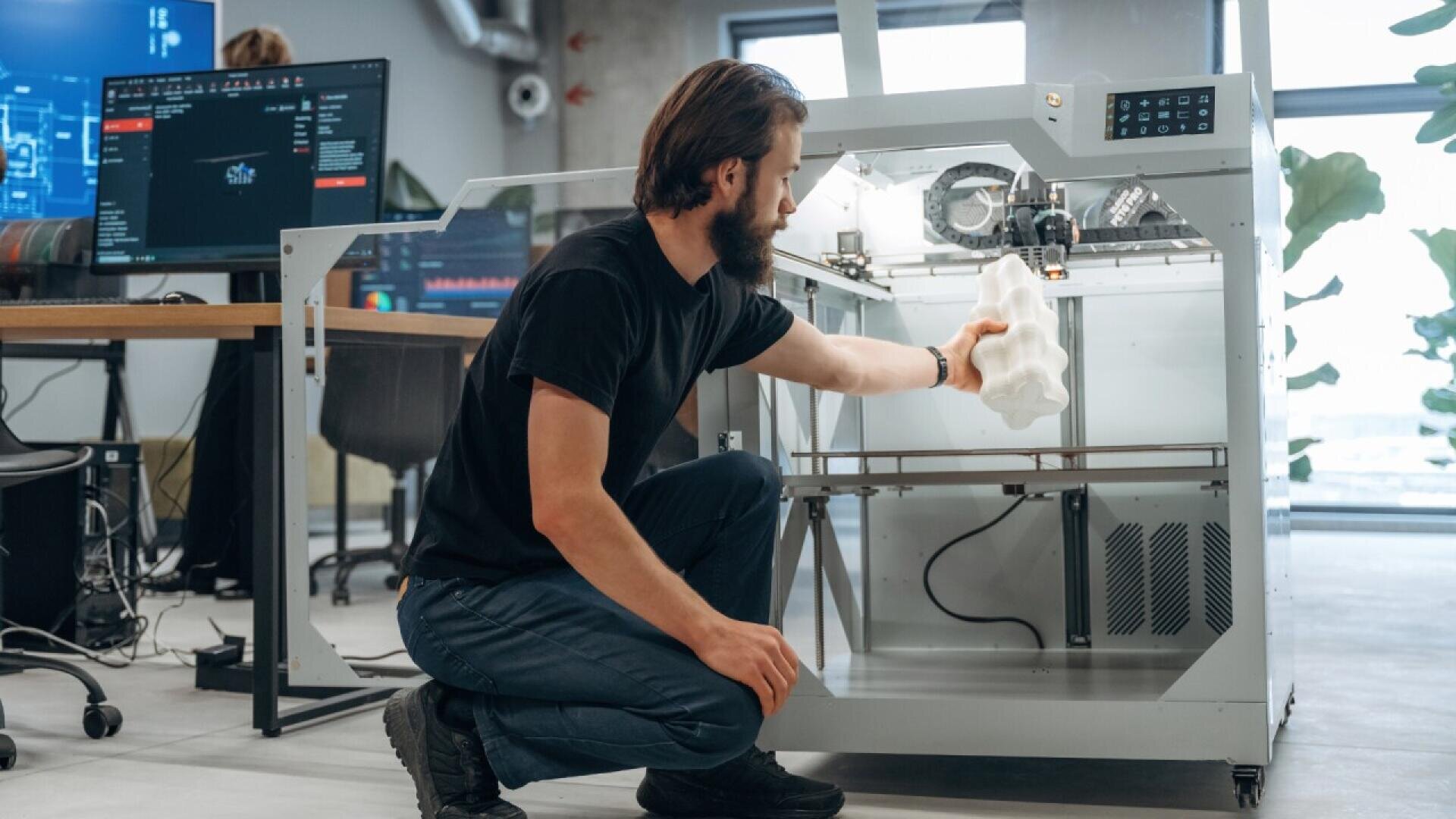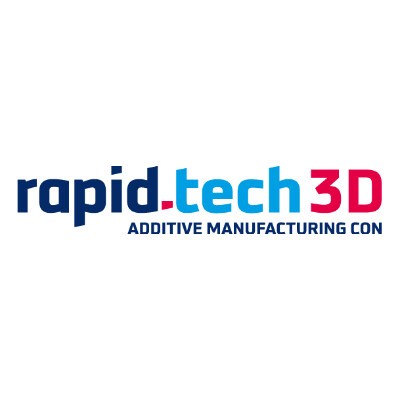3D printing service: How to find the right service provider for your projects
A 3D printing service transforms digital models into high-quality objects – ideal for prototypes, spare parts, or design solutions. Fast, flexible, and usable without the need for in-house machines – perfect for companies, startups, and creative projects.
Whether it's a prototype, spare part, or design object, 3D printing has long since evolved from a niche to a crucial manufacturing tool. An external 3D printing service offers enormous advantages, especially for companies, startups, or private individuals without their own machines: speed, flexibility, and access to cutting-edge technology. But what exactly is behind this service—and who benefits from it?
What is a 3D printing service?
A 3D printing service is a specialized service provider that transforms your digital 3D models into physical objects – without you needing to own a 3D printer yourself. You simply upload your 3D file to the provider's platform, select the material, color, and technology, and the rest is done for you: from production to quality control and shipping.
These service providers use professional printing technologies such as FDM, SLS, or SLA and process a wide range of materials – from simple plastic to metal or specialty plastics. Whether it's a single piece or a small series, a 3D printing service provider offers customized solutions for a wide variety of requirements.
How does a 3D printing service work?
A 3D printing service provider handles the additive manufacturing of your digital models. You typically simply upload a 3D file (e.g., STL, OBJ, or STEP) to the platform, select the material, color, and finish – and the printing process begins.
Some providers offer additional services such as:
- Design optimization
- Prototyping consulting
- Series production
- Express shipping
This makes online 3D printing particularly attractive for companies that need prototypes or spare parts at short notice without having to invest in expensive hardware.

Advantages of a professional 3D printing service
1. No need for an in-house 3D printer
Depending on the technology (FDM, SLA, SLS, etc.), an in-house industrial 3D printer can cost several thousand euros. An external 3D printing service provider saves these investment costs while providing state-of-the-art technology.
2. Wide range of materials
Professional providers offer a wide range of materials – from PLA, ABS, PETG, nylon, and TPU to highly specialized materials such as carbon fiber or metal powder.
3. Fast implementation through rapid prototyping
Thanks to rapid prototyping, companies can turn design ideas into real objects in a very short time. This significantly shortens product development cycles and reduces costs.
4. Customized solutions
Customized 3D printing enables complex geometries and customized components – ideal for industries such as medical technology, the automotive industry, or architecture.
3D Printing Services for Companies: Industries and Applications
More and more companies are using 3D printing services to develop innovative solutions. The most important areas of application include:
Medicine & Dental Technology
- Patient-Specific Implants
- Dental Prostheses
- Orthotics and Prosthetics

Industry & Mechanical Engineering
- Rapid Prototyping of Components
- On-Demand Manufacturing
- Jigs and Tools
Consumer Goods & Design
- Product Design
- Custom Accessories
- Personalized Promotional Items
Architecture & Construction
- Model Making
- Visualization of Construction Projects
- Custom Facade Elements

What should you consider when choosing a 3D printing service provider?
Choosing the right 3D printing service provider can determine the success or failure of a project – especially when it comes to functional components, time-critical prototypes, or high-quality end products. Requirements vary greatly depending on the industry, complexity, and application. To ensure your project is implemented efficiently, with high quality, and cost-effectively, you should carefully consider the following criteria:
1. Technology offering
Not every 3D printer is suitable for every component – and neither is every service provider. Make sure the provider offers a wide range of printing technologies:
- FDM (Fused Deposition Modeling) is suitable for simple geometries and cost-effective prototypes.
- SLA (Stereolithography) is ideal for delicate, high-resolution components with smooth surfaces.
- SLS (Selective Laser Sintering) enables stable, functional components with complex geometries – without support structures.
- Metal 3D printing such as DMLS or SLM is required when it comes to robust metal parts for industrial applications.
A provider with a diverse range of technologies can realize your projects precisely – instead of limiting themselves to a standard solution.
2. Material variety and availability
A good 3D printing service should offer you access to a wide range of materials – from inexpensive plastics like PLA to highly specialized materials such as carbon fiber-reinforced nylon, TPU (flexible), PEEK (heat-resistant), or medically approved resins.
Metals such as aluminum, stainless steel, and titanium are also increasingly being offered through service providers. Not only the selection is important, but also the availability in the desired quantities and within acceptable delivery times.

3. Quality assurance and tolerances
Precise manufacturing is essential, especially for functional parts. Professional suppliers provide clear information on dimensional tolerances, mechanical properties, repeatability, and, if necessary, offer test certificates or serial numbers.
In addition, a supplier should have controlled manufacturing processes – including post-processing, cleaning, polishing, or even surface finishing, if desired. Ask specifically about quality assurance measures and references.
4. Expert advice and technical support
Not every 3D model is readily printable – this is where competent customer support pays off. An experienced service provider will review your file, identify potential weak points, suggest optimizations, and advise you on the ideal combination of material, process, and finish.
Even for design changes, series production, or custom solutions, the supplier should act as a sparring partner – not just as an "executive authority."
5. Price-performance ratio and delivery times
Especially for small batches or regularly recurring orders, costs can vary significantly. Don't just pay attention to the unit price, but also consider:
- Setup and shipping costs
- Discounts for larger quantities
- Express options or delivery time commitments
- Additional costs for post-processing or data verification
A transparent price calculator on the website or a clearly structured quotation process are advantages here.
Online 3D printing: The convenient way to create your dream project
Thanks to modern platforms, the entire process can be handled digitally – from file transfer to material selection to delivery. Many providers or specialized local suppliers enable online 3D printing with just a few clicks.
Many regional service providers now also offer online calculators and upload functions that enable quick and transparent pricing.

3D Printing Service vs. In-House Production: Which is More Worthwhile?
For beginners, startups, or companies with irregular demand, a 3D printing service is usually the better choice. The advantages:
- No acquisition costs
- No maintenance or training
- Access to various technologies
Those who produce regularly, however, can benefit from their own 3D printer in the long term – provided the utilization is adequate and internal expertise is available.
Conclusion: 3D printing services offer flexibility, precision, and speed
A professional 3D printing service is the ideal solution for anyone who wants to have high-quality 3D models produced quickly, cost-effectively, and flexibly – without the need for their own production infrastructure. Whether prototypes, design objects, or spare parts: additive manufacturing opens up new avenues for product development and customization.
Thanks to online 3D printing and digital platforms, turning ideas into reality has never been easier. Especially for companies in technology, medicine, design or architecture, there are enormous opportunities to secure competitive advantages through the targeted use of 3D printing.


